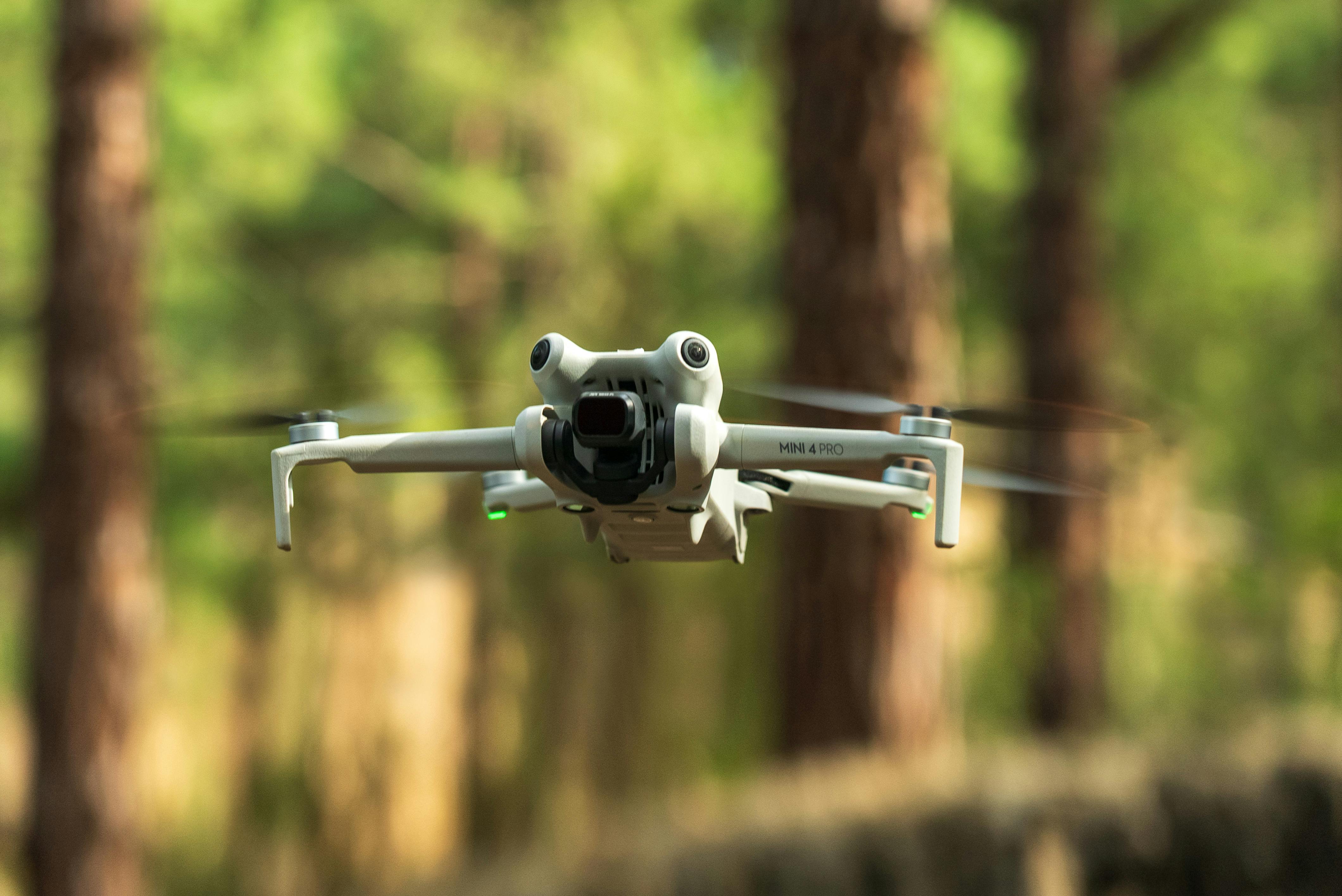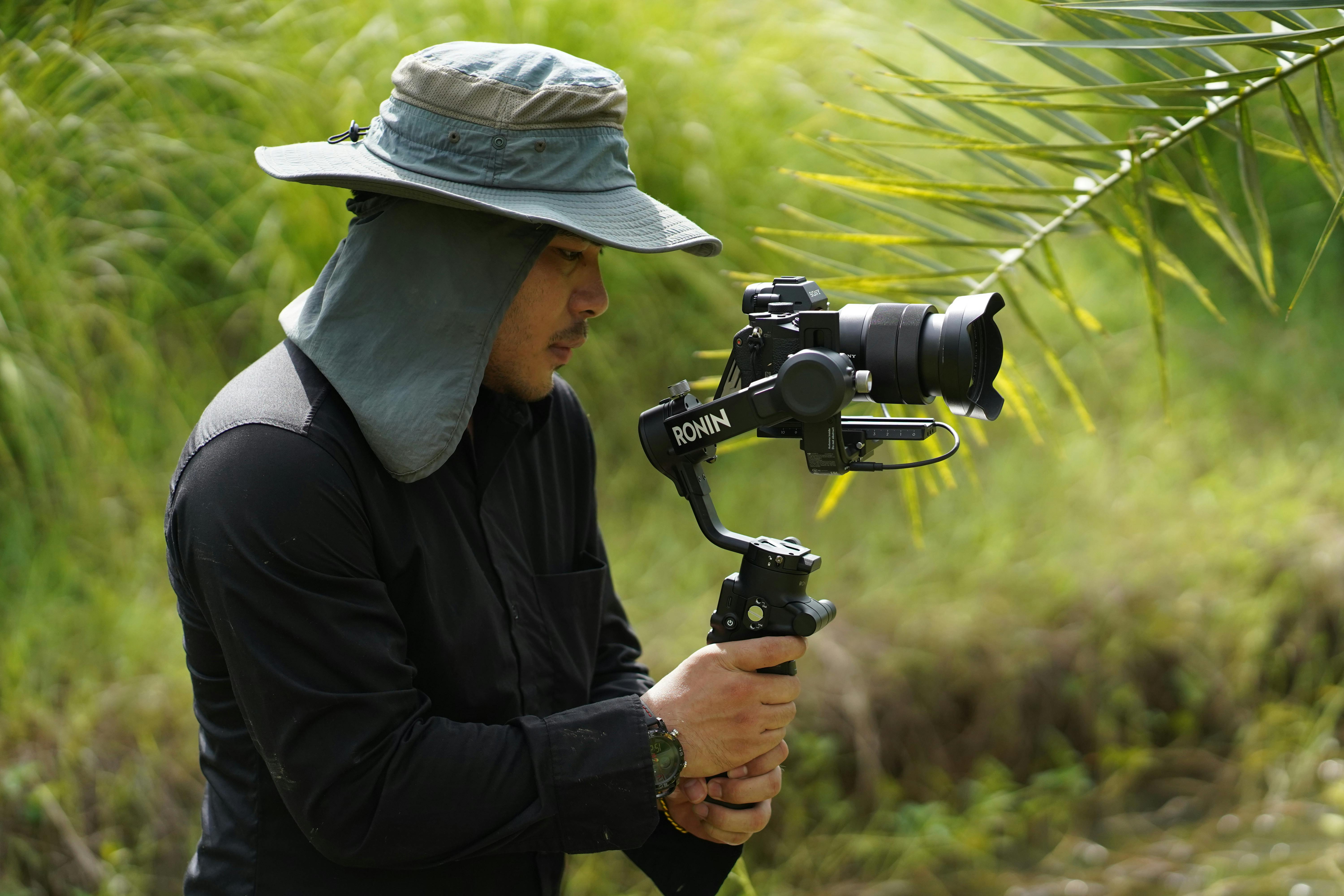City Permits: Filming, Drones and Public Space
Author
Jack
Date Published

Outdoor filming in Japan offers striking visuals such as temples, parks, and orderly cityscapes but these locations come with strict permission structures. Every piece of public ground, airspace, and even noise level falls under jurisdictional oversight. Permits are not a formality; they are part of Japan’s civic trust system.
Having coordinated commercial shoots across Tokyo, Osaka, and Yokohama, I’ve seen how success depends on proactive documentation and community courtesy. This guide explains how to secure city permits and operate drones or cameras responsibly. It details drone operator qualifications, police and park coordination, resident notifications, insurance protocols, and sample application timelines for planners managing international film or event projects.
Drone Permits and Operator Qualifications
Japan regulates drones under the Civil Aeronautics Act and the Ministry of Land, Infrastructure, Transport and Tourism (MLIT). Operators must obtain flight permission for any use above people, near buildings, or within 150 meters of crowds or airports. Local city rules may further restrict parks and public grounds.
Key points:
- All drone pilots must hold valid MLIT certification.
- Flights require advance application via the national drone portal.
- Local permits are separate from MLIT airspace approvals.
- On-site visual spotters are required at all times.
Checklist for planners:
- Verify pilot license number and insurance.
- Apply to MLIT at least ten business days before operation.
- Submit park or ward office notice if filming on municipal land.
- Keep printed copies of permits available on-site.
I use this clause for aerial filming to ensure MLIT compliance:
The Organizer shall employ only certified drone operators holding valid MLIT authorization. The Organizer is responsible for ensuring that all operations occur within approved timeframes, altitudes, and designated perimeters.
Confirm operator credentials and airspace maps before scheduling aerial work.

Filming in Parks and Streets and Police Liaison
City-managed areas such as Shinjuku Gyoen, Ueno Park, and Osaka Castle grounds require local permissions for commercial shoots. Police notification is mandatory when tripods, vehicles, or crowd control measures obstruct public flow. Coordinating early with ward offices and local police prevents shutdowns.
Key points:
- Apply directly to the park management office or ward filming desk.
- Street filming involving traffic impact requires police liaison approval.
- Signage indicating active filming must be displayed during shoots.
- Allow two weeks for permit issuance.
Checklist for planners:
- Identify all governing bodies for the chosen location.
- Submit maps and expected crew size.
- Notify local police if public access will be partially restricted.
- Maintain clear pedestrian pathways.
I use this clause for shoots impacting public areas:
The Organizer shall notify relevant municipal authorities and police agencies prior to any filming activity that may impede traffic or pedestrian movement. Failure to obtain written approval constitutes a violation of local public order regulations.
Confirm all filming notices and police contacts one week before the scheduled shoot.

Noise Notifications and Resident Relations
Urban filming in Japan often intersects with residential and mixed-use areas. While daytime filming is acceptable, any sound exceeding local thresholds (typically 85 decibels) requires prior notice to neighborhood associations. Courtesy communication remains a legal and cultural expectation.
Key points:
- Send written notifications to nearby residents three days before filming.
- Use printed notices in Japanese specifying date, time, and contact number.
- Avoid amplified sound during early morning or late evening.
- Assign a community liaison officer for on-site contact.
Checklist for planners:
- Deliver notices to building management offices.
- Log distribution records for city verification.
- Maintain noise-level readings with a portable meter.
- Keep apology gifts (small snacks or cards) for goodwill if disruption occurs.
I use this clause for shoots near residential areas:
The Organizer shall issue advance notifications to affected residents and maintain accessible contact details during the shoot. Noise emissions shall comply with municipal sound ordinances and filming hours set by the local authority.
Coordinate all resident notifications and retain signed acknowledgment lists before setup.
Insurance and Risk Management
Most Japanese municipalities require proof of liability insurance before approving filming permits. Policies must cover injury, property damage, and drone incidents. Event planners should integrate this coverage into the general project insurance framework.
Key points:
- Minimum coverage requirement averages 100 million yen.
- Drone operations require additional aerial liability coverage.
- Proof of policy must accompany each permit submission.
- Certificates should name the municipal body as an additional insured.
Checklist for planners:
- Confirm insurance limits meet city requirements.
- Attach policy certificates to each permit application.
- Include a risk mitigation plan covering crowd control and weather.
- Review claims response protocol with the vendor.
I use this clause to cover liability during filming:
The Organizer shall maintain public liability insurance meeting municipal minimums for the duration of filming and setup. Copies of insurance certificates must be submitted with each permit and displayed on-site upon request.
Ensure updated insurance documents and certificates are filed with all relevant authorities.

Sample Permit Timeline
Each jurisdiction in Japan follows its own application calendar, but most align with the structure below. A disciplined timeline prevents last-minute denials and ensures equipment logistics remain on track.
Stage | Task | Lead Time (Business Days) |
|---|---|---|
Concept Finalization | Identify sites and confirm drone usage | 30 days |
Application Filing | Submit to city office, park, and MLIT | 20 days |
Police Liaison | Notify traffic and community divisions | 14 days |
Resident Notices | Deliver written notifications | 3 days |
Final Confirmation | Receive permit copies and approval letters | 1 day before |
Checklist for planners:
- Maintain a permit tracker with all application statuses.
- Keep PDF and printed copies of each approval.
- Conduct a pre-filming safety inspection at every location.
I use this clause to ensure timely permit compliance:
The Organizer shall adhere to all municipal application deadlines and retain copies of permits for the duration of filming. Unapproved extensions or modifications may result in immediate suspension of activity.
Verify that every required permit, insurance document, and community notice is complete one day before filming begins.
FAQs
1. How long does it take to receive drone approval from MLIT?
Usually ten business days, but peak filming months can extend this to two weeks.
2. Can small drones operate without permits?
Only if flown on private property, below 150 meters, and away from public paths.
3. Is filming allowed near temples and shrines?
Permission must come directly from the religious institution and local ward office.
4. Are nighttime drone flights permitted?
Yes, but only with additional MLIT night-operation authorization and visible lighting.
5. What documents are checked on-site by authorities?
Drone registration, operator license, insurance certificate, and permit copies.
Conclusion
Filming in Japan’s public spaces demands patience and precision. City offices, police, and neighborhood councils all play integral roles in maintaining civic harmony. A planner’s role is not only to collect permits but to demonstrate respect for public order and community environment.
Detailed planning, timely notification, and visible courtesy ensure that filming operations proceed smoothly without incident or complaint. By aligning compliance with communication, international teams can capture Japan’s outdoor beauty while reinforcing its reputation for disciplined collaboration.
Ready to schedule your next outdoor shoot in Japan? Share below your filming outline to receive sample permit forms, drone operator contacts, and bilingual templates for municipal coordination.